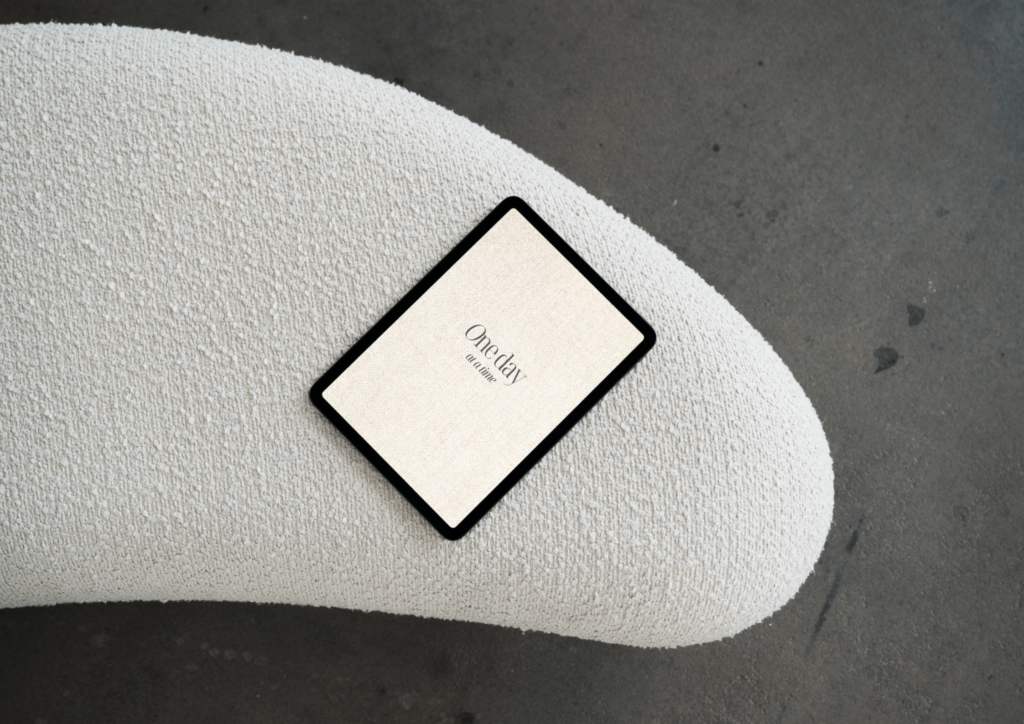Nestled along one end of the Dubai Creek in Deira, is a cluster of old souks (traditional Arab marketplaces) that are a hive of activity. Its vendors hawk all manner of wares from gold, spices, perfumes, and hand-woven textiles, to other less exotic Arabic housewares.
The crowd— tourists traveling from far and wide soaking in the sights and sounds of what a traditional Arabian bazaar might have looked like in the time of “1001 Arabian Nights” and before the discovery of oil which, of course, forever changed Dubai’s fortunes and landscape.
Except, any semblance of Arabic tradition is all but drowned out by the cacophony of vendors’ cries for “THE HUSTLE” — to make that quick sale to any unsuspecting tourist brave enough to walk, nay, venture a glance their way.
The first thing that grabs your attention isn’t actually the items that are on display, rather, it’s the way the vendors call out to you, beckoning you to inspect their wares or step into their “web”. The more aggressive vendors even tug at your arm, physically corralling you into their stores.
Once the vendors have your attention, that’s where the selling begins. Even if you didn’t think you needed anything before you entered their “domain”, it doesn’t stop them from convincing you that you do.
Vendor: “This Persian silk scarf is one of a kind.”
Me: “I don’t need one.”
“Buy it for your girlfriend.”
“I don’t have one.” (Though truth be told, I did)
“Buy it for your mom then.”
“My mom is allergic to silk.” (Though she really isn’t)
“How about a relative?”
You get the idea.
Getting into a store is the easy part. Leaving it however is another story. Sensing you’re about to leave, vendors immediately direct your attention to anything else they sense might interest you, hoping to get you to linger just long enough for them to close in for “the kill.”
Some even try to emotionally blackmail you into buying something, anything as compensation for the time they “invested” in you.
This charade plays out at a couple of more stores and before you know it you’ve run out of time, energy and (uh-oh) money!
By the end of this exhausting experience, you conclude — if only I had paid more attention to my actual wants, needs, and desires, I wouldn’t have gotten hoodwinked into buying a bunch of useless fluff.
Is your daily life one big souk-y experience?
Many of us live our lives as if we’re wide-eyed tourists being lured into Arabian souks against our better judgment. We wander around aimlessly each day, allowing strangers to tell us what we should be paying attention to, where to focus our energies and how to spend our money.
If this analogy is not clear, I’ll attempt to portray the main actors and the objects (of the Souk) as represented by familiar objects in our everyday lives.
The souk = your smartphone
The first thing you do when you wake up each morning is to enter the souk. You do this by grabbing the smartphone that sits on your nightstand.
Vendors calling out to you = your smartphone notifications
In a manner of speaking — vendors call out to you in the way of push notifications that fill up your homescreen.
And in today’s world, this is how an individual’s attention and focus becomes exposed to Big Tech’s machinery. The culprits? Notifications from platforms owned by companies like Google, Facebook, and other social media apps.
54 emails received overnight in your Gmail.
10 Twitter alerts.
15 Facebook updates.
20 Instagram notifications.
They’re in your face, begging you to step inside their “web”— the apps — so they can carry out their programmed intentions, further robbing you of your time that you could be spending in a more purposeful manner.
The store = your inbox, social media platforms, and other apps
The notification trap has now ensnared you. Your attention is firmly mired in these apps and your day has only just begun.
You enter your inbox and are immediately surrounded by unread emails. Now, this is very much like the analogy of making a souk purchase. You inspect the item (email), ask about its price (how much time you will need to invest in it), and whether you need to purchase it at all (decide whether to delete, delegate, defer or do based on the 4D’s of effective time management).
You open Facebook and Instagram and are hit with all forms of content as you scroll through your feed. Each piece of content demands that you pay attention to it. Along with the time spent with every piece, you place a value on each one. You look out for more of the same content if it captures your attention the first time around.
As you’re about to leave, something else grabs your attention — a link to a BuzzFeed episode of ‘Worth It’ where they compare a $4 burger to a $777 dollar one (great series by the way). One video doesn’t quite do it, so you head over to YouTube to watch entire seasons in one sitting.
Very soon, you’ve interacted with almost EVERYTHING the store has to offer, and you’ve spent the better half of the day doing it, ugh!
Items in the store = any written, audio or visual content
As you’ve probably already figured, every item in the store is a piece of written, audio or visual content that captures your attention which then causes you to engage with it.




